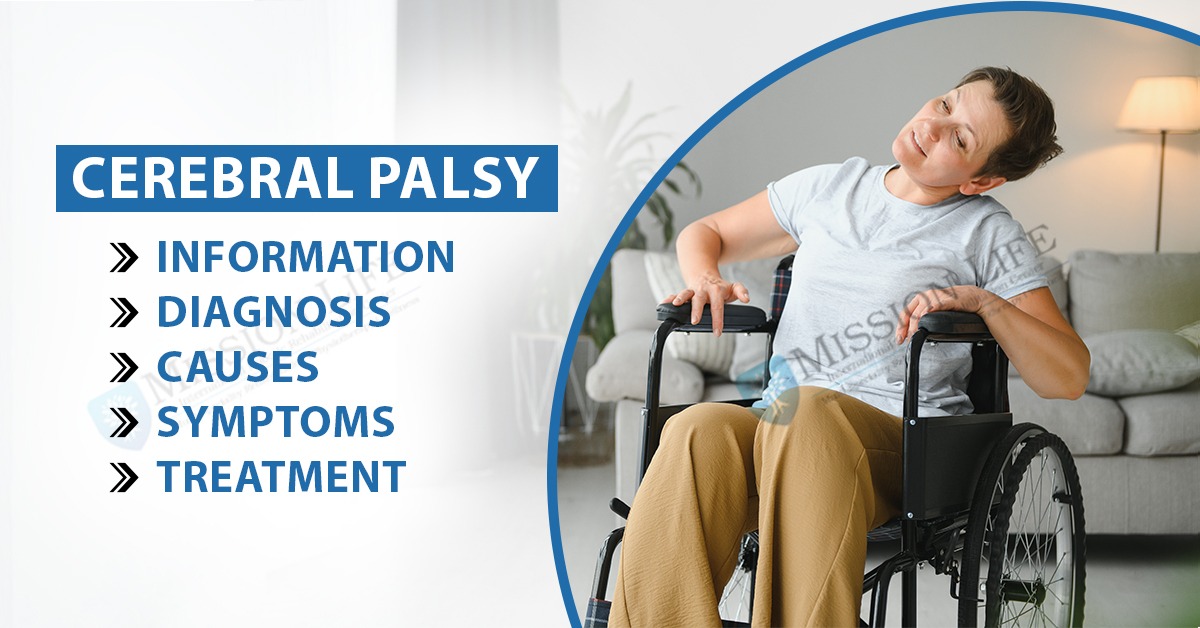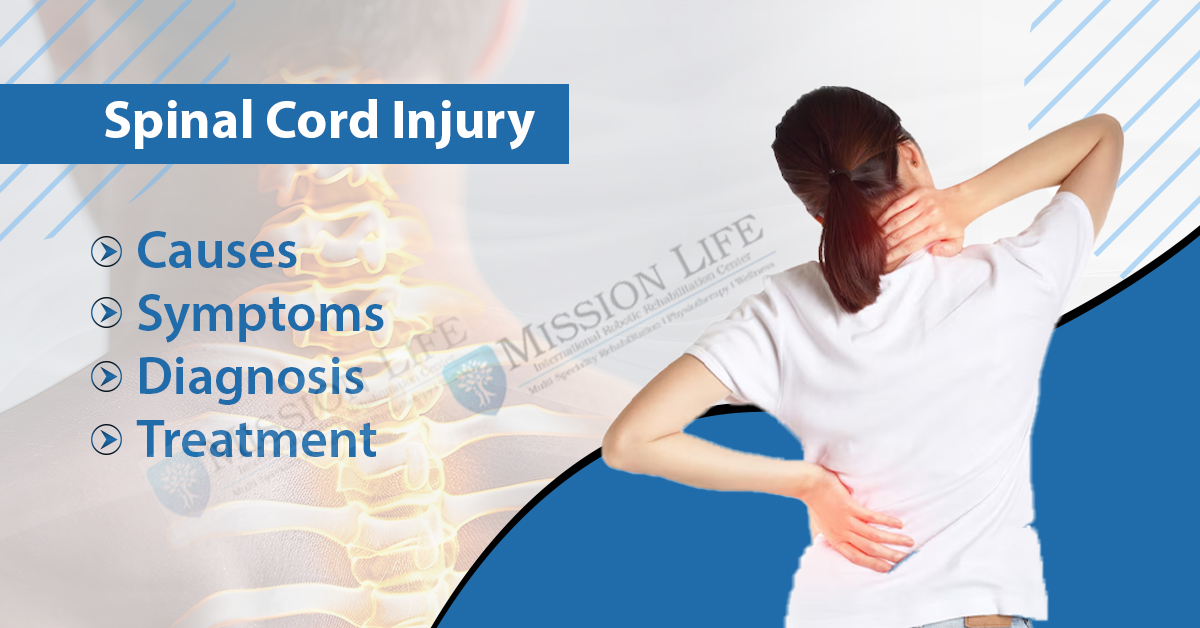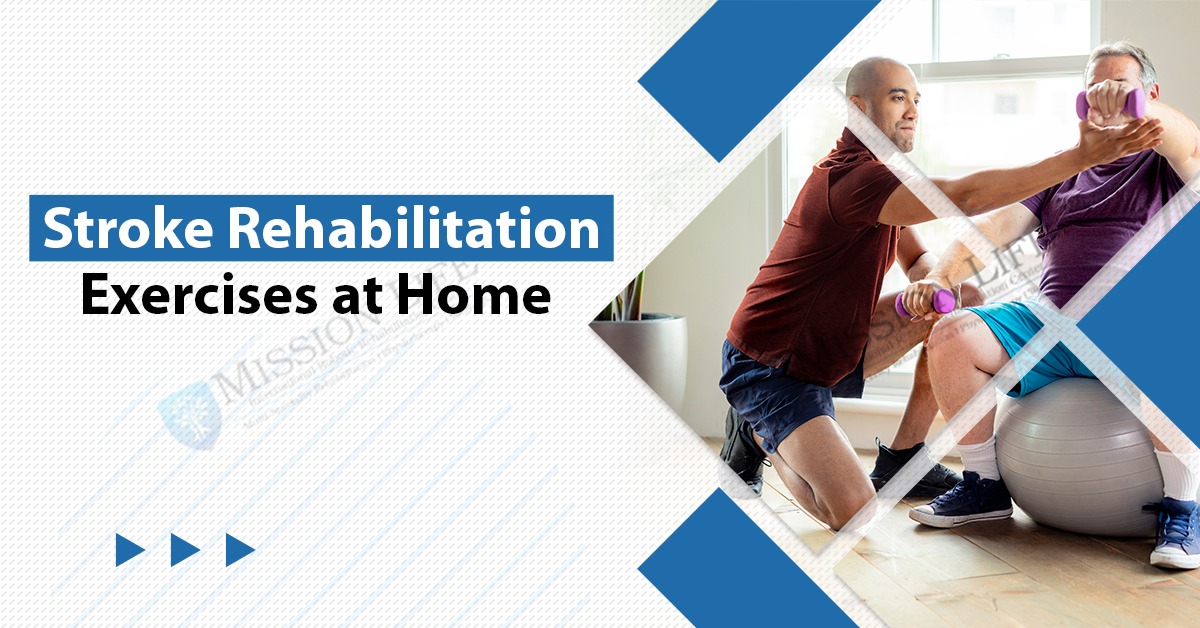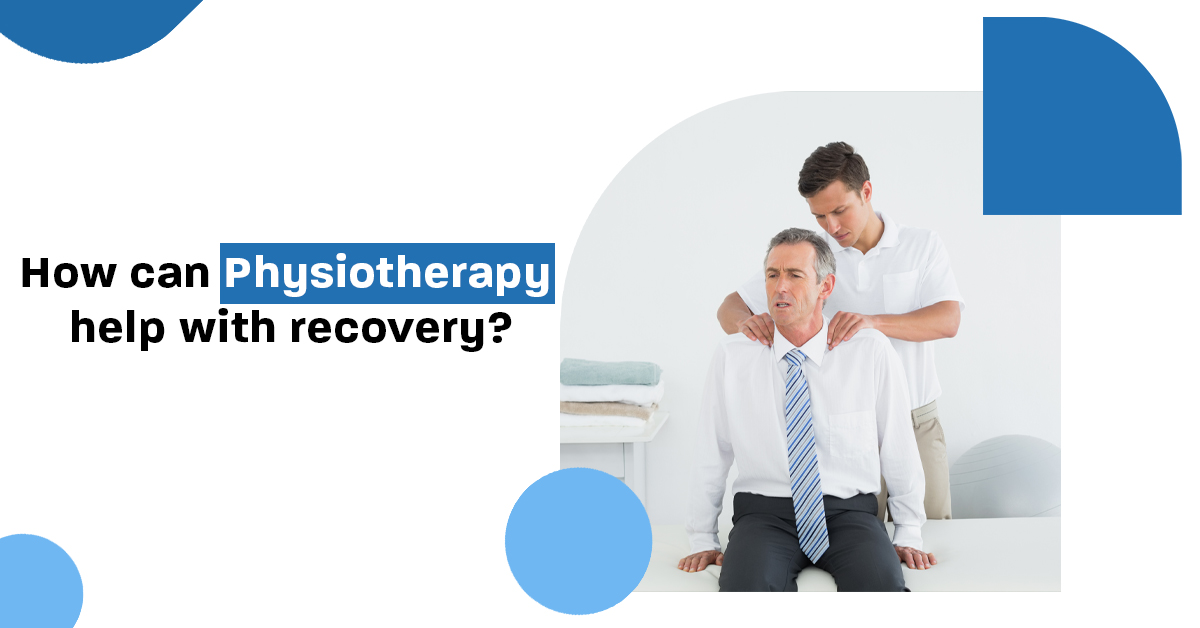
Cerebral Palsy: Information, Diagnosis, Causes, Symptoms & Treatment
What is cerebral palsy?
Cerebral palsy (CP) is a neurological disorder that affects a person's ability to control their movement and posture. It is caused by damage to the developing brain before, during, or shortly after birth. The damage affects the parts of the brain that control movement, resulting in difficulty with coordination, muscle control, and balance.
CP can range in severity from mild, with only slight motor impairment, to severe, with complete loss of voluntary movement. The condition is often accompanied by other health problems, such as seizures, intellectual disability, and speech and language difficulties.
There is no cure for CP, but various treatments, such as physical therapy, occupational therapy, and medications, can help manage symptoms and improve quality of life. The prognosis for people with CP varies widely depending on the severity of the condition, but many people with CP go on to live independent and fulfilling lives with the help of supportive therapies and accommodations
Cerebral Palsy Causes
Cerebral palsy is caused by damage to the developing brain, which can occur before, during, or shortly after birth. Some common causes of cerebral palsy include:
● Lack of oxygen to the brain during birth: This can occur due to various reasons, such as prolonged labor, umbilical cord problems, or placental abruption.
● Infections during pregnancy: Certain infections, such as rubella, cytomegalovirus, or toxoplasmosis, can increase the risk of cerebral palsy.
● Premature birth: Babies born prematurely are at a higher risk of cerebral palsy, as their brains may not have fully developed.
● Brain damage after birth: Brain damage due to head injury, infections, or other medical conditions can also lead to cerebral palsy.
● Genetic factors: In some cases, genetic factors may play a role in the development of cerebral palsy.
It's important to note that not all cases of cerebral palsy have a clear cause, and in some cases, the cause may be unknown.
You Can also Read:- Stroke Rehabilitation Exercises at Home
Symptoms of Cerebral Palsy
The symptoms of cerebral palsy (CP) can vary widely, depending on the severity of the condition and the parts of the brain that are affected. Some common symptoms of CP include:
● Difficulty with movement and coordination: People with CP may have difficulty controlling their movements, and may have stiff or spastic muscles, tremors, or involuntary movements.
● Delayed milestones: Babies with CP may have delayed developmental milestones, such as crawling, walking, or speaking.
● Abnormal posture: People with CP may have an abnormal posture, such as a curved spine or an asymmetrical stance.
● Difficulty with fine motor skills: People with CP may have difficulty with fine motor skills, such as grasping objects or manipulating small items.
● Seizures: Some people with CP may experience seizures.
● Cognitive impairments: People with CP may have cognitive impairments, such as difficulty with memory, attention, or problem-solving.
● Speech and language difficulties: People with CP may have difficulty with speech and language, such as slurred speech, difficulty forming words, or difficulty with comprehension.
Diagnosis of Cerebral Palsy
The diagnosis of cerebral palsy (CP) typically involves a comprehensive evaluation of a person's medical history, physical examination, and developmental milestones. In addition, various tests may be performed to help confirm the diagnosis and determine the severity of the condition. Here are some of the key components of a CP diagnosis:
● Medical history: The doctor will ask about the person's medical history, including any prenatal or birth complications, as well as any medical conditions or infections that may have occurred after birth.
● Physical examination: The doctor will perform a physical examination to assess the person's motor skills, muscle tone, and reflexes. They will also evaluate the person's posture, gait, and balance.
● Developmental milestones: The doctor will ask about the person's developmental milestones, such as when they first sat up, crawled, or walked.
● Imaging tests: Various imaging tests, such as magnetic resonance imaging (MRI) or computed tomography (CT) scans, may be performed to look for abnormalities in the brain that are associated with CP.
● Electroencephalogram (EEG): An EEG may be performed to detect abnormal brain activity that may be associated with seizures.
● Genetic testing: In some cases, genetic testing may be performed to rule out genetic causes of CP.
Once a diagnosis of CP is made, the doctor will work with the person and their family to develop a treatment plan that addresses their specific symptoms and needs. This may include physical therapy, occupational therapy, speech therapy, medications, and assistive devices.
Treatment of Cerebral Palsy
Medications:-
Various medications may be prescribed to help manage symptoms and improve quality of life. The medications that are used to treat CP will depend on the specific symptoms and needs of the individual, as well as the severity of the condition. Here are some common medications that may be used to treat CP:
● Muscle relaxants: Muscle relaxants, such as baclofen, can help reduce muscle stiffness and spasms in people with CP.
● Anticonvulsants: Anticonvulsants, such as phenobarbital or gabapentin, may be prescribed to help control seizures in people with CP.
● Botulinum toxin injections: Botulinum toxin injections, also known as Botox injections, can be used to reduce muscle stiffness and spasticity in specific areas of the body.
● Pain medication: Pain medication, such as acetaminophen or ibuprofen, may be prescribed to help manage pain associated with CP.
● Dopamine agonists: Dopamine agonists, such as levodopa, may be used to treat movement disorders and tremors in people with CP.
It's important to note that medication should always be prescribed and managed by a healthcare professional, and that each person with CP may require different medications or dosages based on their specific needs and symptoms.
Therapy:-
There are several therapies that can be used to help manage the symptoms of cerebral palsy (CP) and improve quality of life. The types of therapies that are recommended will depend on the specific needs and symptoms of the individual with CP. Here are some common therapies that may be used to treat CP:
● Physical therapy: Physical therapy can help improve mobility, coordination, and strength. A physical therapist may use exercises, stretches, and other techniques to help a person with CP improve their ability to move and perform everyday activities.
● Occupational therapy: Occupational therapy can help improve fine motor skills and activities of daily living, such as eating, dressing, and grooming. An occupational therapist may use exercises and assistive devices to help a person with CP improve their ability to perform these activities.
● Speech therapy: Speech therapy can help improve communication skills, such as speaking, listening, and understanding language. A speech therapist may use exercises and techniques to help a person with CP improve their ability to communicate.
● Music therapy: Music therapy can help improve motor skills, communication, and emotional well-being. A music therapist may use music and rhythm to help a person with CP improve their coordination and expression.
● Aquatic therapy: Aquatic therapy involves exercising in a pool, which can help improve mobility and coordination while reducing the impact on the joints. This type of therapy may be particularly helpful for people with CP who have difficulty with traditional exercise programs.
● Assistive technology: Assistive technology, such as wheelchairs, communication devices, and adaptive equipment, can help a person with CP improve their ability to perform everyday activities.
Surgical Procedures
Surgical procedures may be considered for some individuals with cerebral palsy (CP), particularly if other treatments have not been effective in managing their symptoms. Surgery may be performed to help improve mobility, reduce pain, or correct deformities. Here are some common surgical procedures that may be used to treat CP:
● Selective dorsal rhizotomy (SDR): SDR is a surgical procedure in which the sensory nerve roots in the lower spine are selectively cut to reduce muscle stiffness and spasticity. SDR may be recommended for children with spastic diplegia or quadriplegia who have not responded to other treatments.
● Orthopedic surgery: Orthopedic surgery may be performed to correct skeletal deformities and improve mobility. This may involve lengthening or shortening muscles, or correcting bone alignment. Examples of orthopedic surgeries include tendon lengthening, muscle transfer, and osteotomy.
● Baclofen pump implantation: A baclofen pump is a small device that is implanted under the skin, which delivers a continuous dose of baclofen directly to the spinal cord. This can help reduce muscle stiffness and spasticity in people with CP who have not responded to other treatments.
● Deep brain stimulation (DBS): DBS is a surgical procedure in which electrodes are implanted into the brain and connected to a stimulator device that is implanted under the skin. DBS may be recommended for people with CP who have severe dystonia or tremors that have not responded to other treatments.
It's important to note that surgical procedures should only be considered after other treatments have been tried and that the benefits and risks of each procedure should be carefully weighed for each individual with CP. A healthcare professional can provide more information and guidance on surgical procedures for CP.
LifeStyle Changes for Improvement
Making lifestyle changes can be beneficial for people with cerebral palsy (CP) in managing their symptoms and improving their overall quality of life. Here are some lifestyle changes that may be recommended for people with CP:
● Regular exercise: Regular exercise can help improve mobility, strength, and flexibility. A healthcare professional or physical therapist can recommend safe and effective exercises based on the individual's abilities and needs.
● Healthy diet: A healthy diet can help maintain a healthy weight and provide the necessary nutrients for good health. A healthcare professional or dietitian can provide guidance on a healthy diet.
● Good sleep habits: Getting adequate sleep can help reduce fatigue and improve overall health. A consistent sleep schedule and good sleep hygiene practices can help improve sleep quality.
● Stress management: Stress can exacerbate CP symptoms, so stress management techniques such as deep breathing, meditation, or relaxation exercises may be helpful.
● Assistive devices: Assistive devices, such as mobility aids or communication devices, can help improve independence and quality of life.
● Emotional support: Living with CP can be challenging, so emotional support from family, friends, or a support group can be helpful.
It's important to note that lifestyle changes should always be discussed with a healthcare professional and tailored to the individual's specific needs and abilities.




